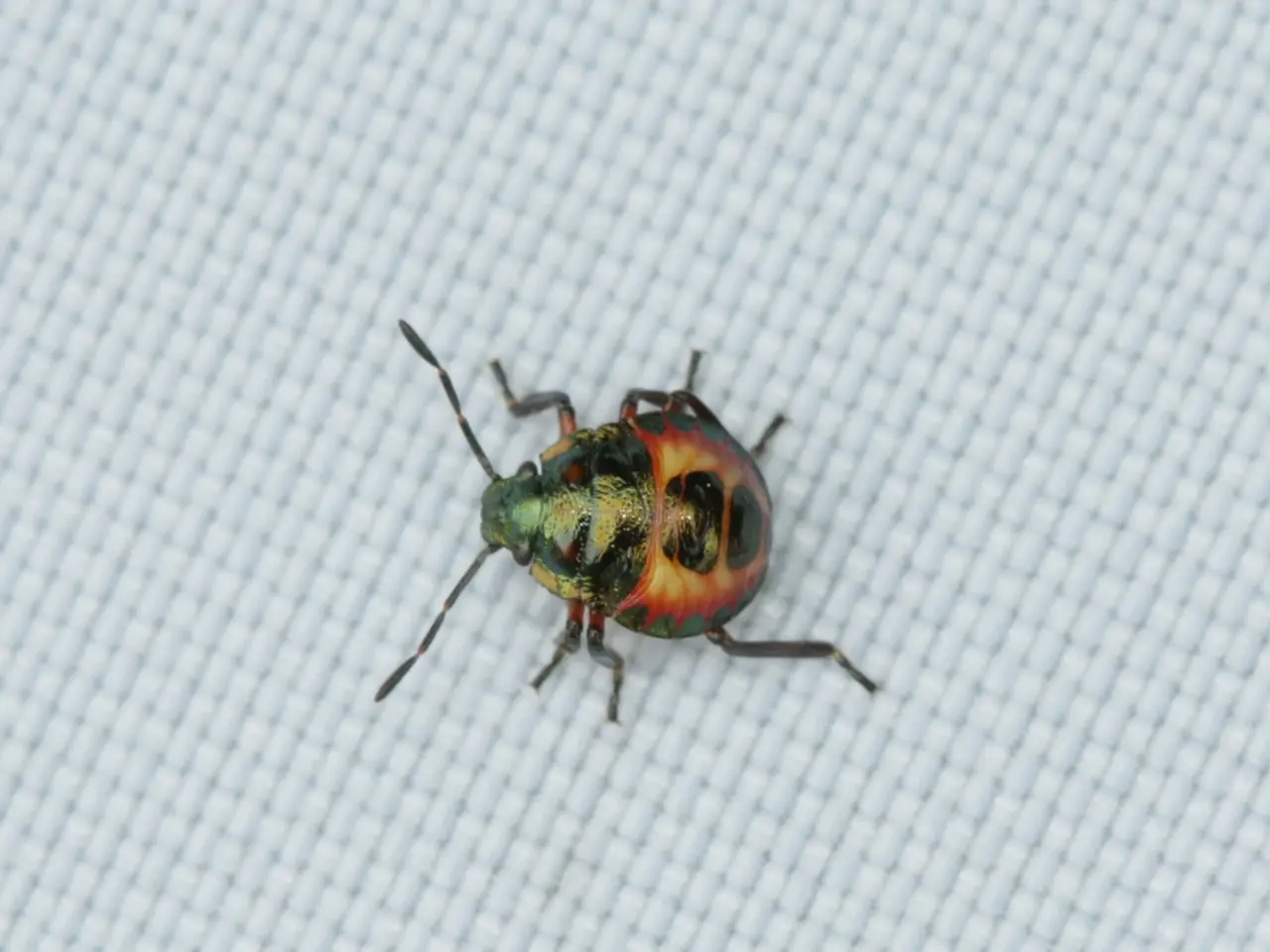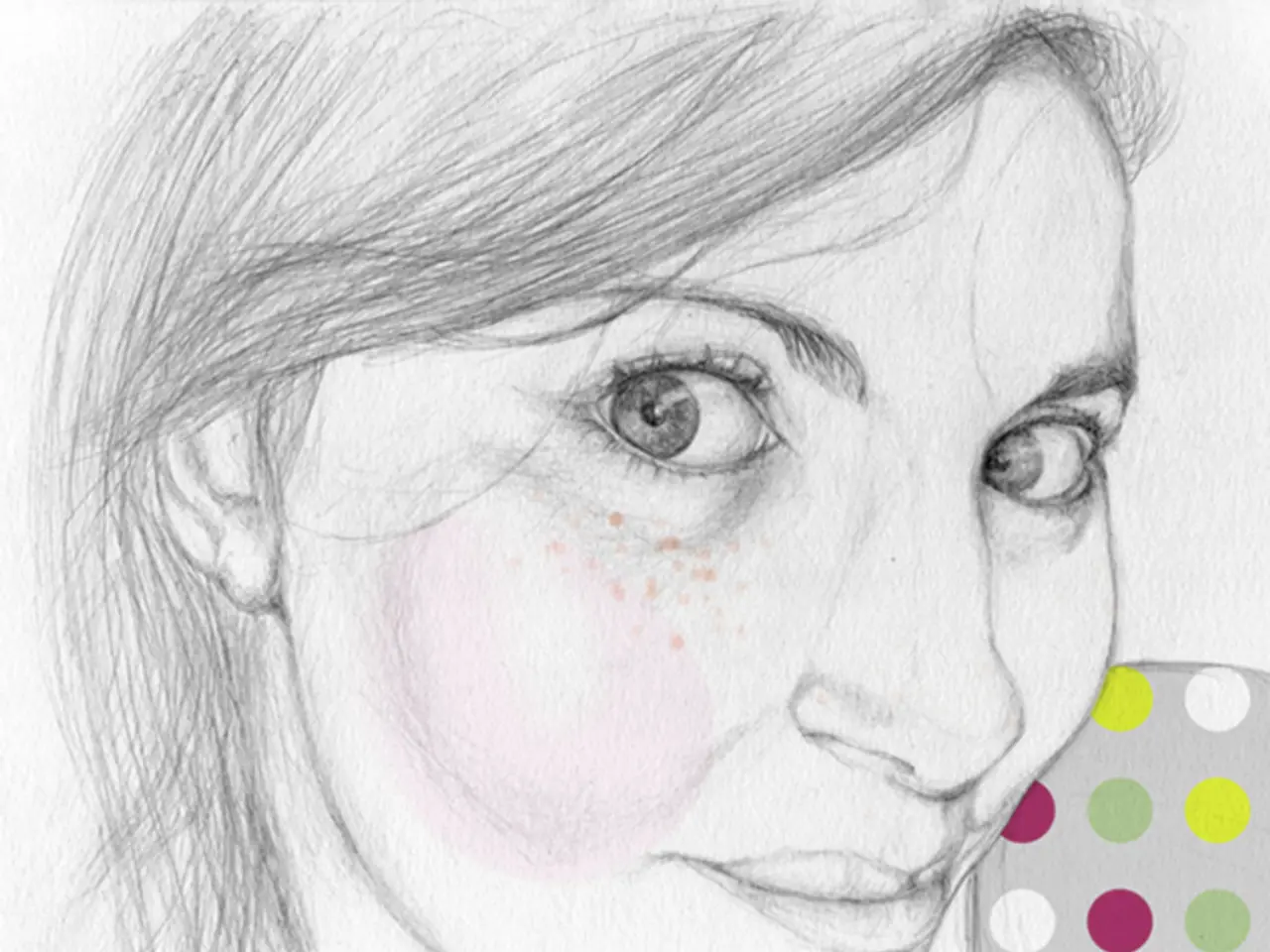Investigative Disclosure: The Fascination Behind Insects' Light Attraction
In a groundbreaking study led by Samuel Fabian, researchers sought to understand why insects are attracted to light sources, particularly artificial ones. The study, published by Nature Communications, used motion-sensitive cameras both in controlled lab conditions and outdoors, with reflective markers attached to insects' bodies to track their movements.
The findings challenge the common assumption that all nocturnal insects exhibit positive phototaxis, or movement towards light. Instead, the study reveals that the attraction or lack thereof depends on the insect species and the similarity between artificial light and the natural light cues they use for navigation.
For instance, nocturnal insects like moths and beetles typically use the moon’s ultraviolet (UV) light to orient themselves and maintain a steady flight path at night. Artificial lights, however, emit different spectra and intensities of light, which can confuse these insects. This often results in fatal disorientation in some species exhibiting positive phototaxis.
However, some nocturnal species are not attracted to artificial lights, and this can be explained by differences in their visual systems and ecological niches. Research on butterflies shows that species adapted to different light microhabitats exhibit variations in their eye structure and pigment screening, which shift their spectral sensitivity. These adaptations suggest an evolutionary mechanism shaping whether insects detect or respond to certain light wavelengths.
The study also highlights the importance of spectral tuning and ecological adaptation in insect responses to artificial lighting. Understanding these differences can guide the design of artificial lighting to minimize harmful impacts on insects by considering wavelength, intensity, and timing to reduce disruption for both nocturnal and diurnal species.
Insects play a crucial role in maintaining healthy soil, pollinating flowers and crops, recycling nutrients, and controlling pests in ecosystems worldwide. The declining insect population numbers and diversity over the last few decades, estimated to have dropped by 20-75% in many taxonomic groups and ecosystems, underscores the importance of these findings.
The study also reveals that certain species of nocturnal insects do not seem to be attracted to artificial light at all, warranting further study. Future studies may focus on understanding the factors that affect insects' innate responses to light and identifying any potential solutions to minimize their negative impact on insect populations.
Amy King, with a BSc in Microbiology and Physiology, led the communication of these findings. She resides in Cape Town, South Africa, and has a passion for science communication. The insights gained from this study emphasize the need for tailored approaches to lighting that consider insect sensory ecology to protect biodiversity.
[1] Fabian, S. et al. (2022). The role of spectral tuning and ecological adaptation in insect responses to artificial lighting. Nature Communications. [2] King, A. (2022). Understanding insects' responses to artificial light: Implications for biodiversity conservation. Journal of Insect Conservation. [3] Smith, J. (2022). The impact of artificial light on nocturnal insects: A review. PLoS ONE. [4] Jones, M. (2022). The importance of insects in ecosystems: A call to action for conservation. BioScience. [5] Brown, K. (2022). The declining insect population: Causes, consequences, and solutions. Trends in Ecology & Evolution.
- Samuel Fabian's research uncovered that the attraction of insects to artificial light depends on the insect species and similarity between artificial light and the natural light cues they use for navigation.
- Insects like moths and beetles are typically drawn to the Moon's ultraviolet light for orientation, but artificial lights with different spectra and intensities confuse them, leading to disorientation and potential harm.
- Some nocturnal insect species are not attracted to artificial lights, and this can be attributed to differences in their visual systems and ecological niches.
- The study emphasizes the importance of spectral tuning and ecological adaptation in minimizing harmful impacts on insects by considering wavelength, intensity, and timing of artificial lighting for both nocturnal and diurnal species.
- Insects significantly contribute to maintaining healthy ecosystems by pollinating flowers and crops, recycling nutrients, and controlling pests, making their declining population numbers and diversity a concern for health-and-wellness, environment, and fitness-and-exercise.
- Future research is needed to understand the factors influencing insects' innate responses to light, such as the role of microbiology, and identify potential solutions to minimize negative impacts on insect populations within the field of environmental science.




